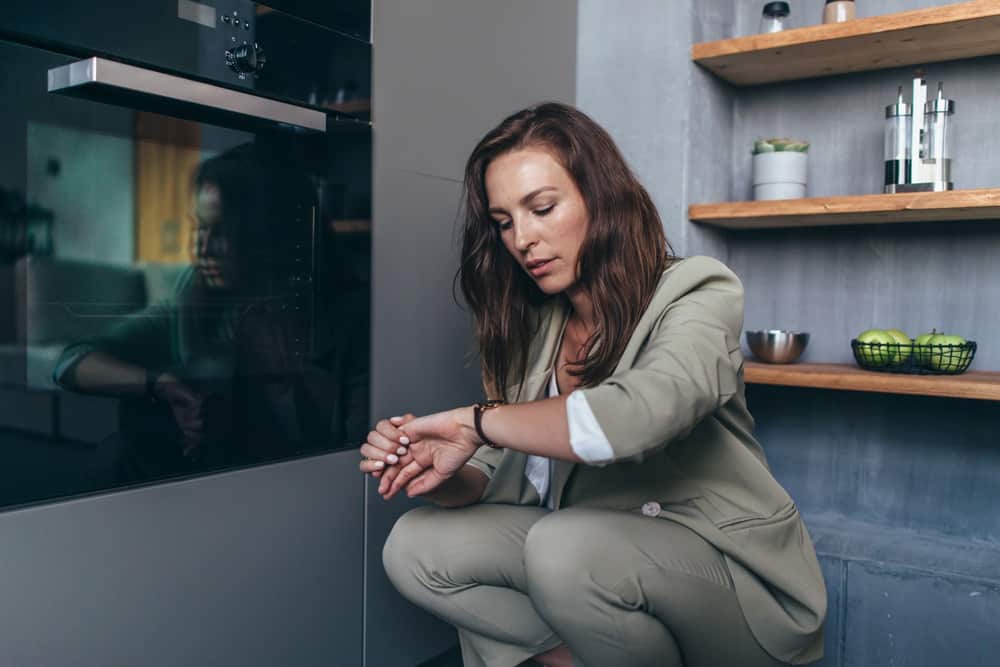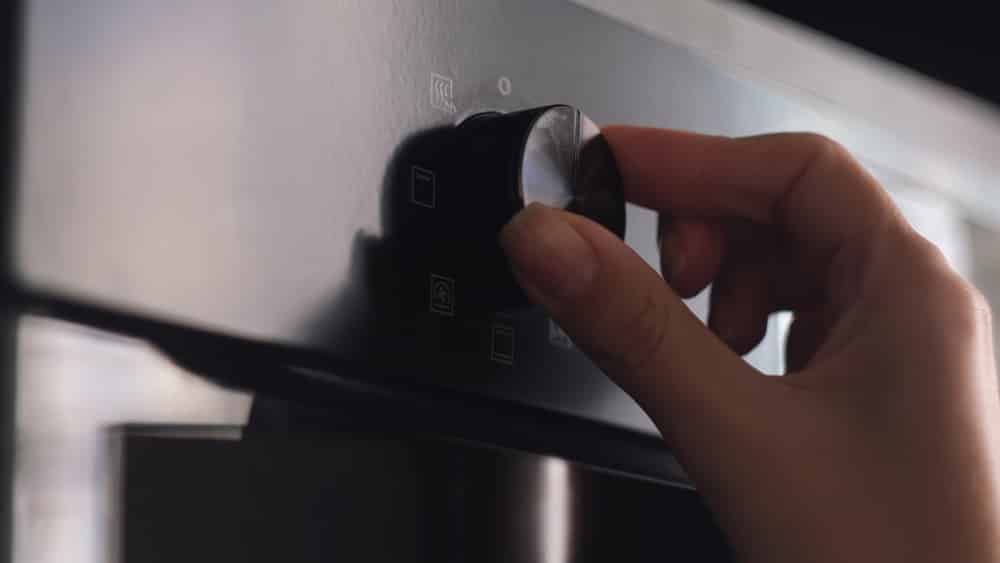
For new cooks, deciding what temperature to cook something at can be daunting. If you are cooking a savory dish, temperature control isn’t as exact as when you are baking.
Baked goods need exact ingredient measurements, exact oven temperatures, and exact times. That’s why it’s better for novices to use recipes. However, dishes like casseroles and roasts are more forgiving and temperatures and times can be safely adjusted.
350 degrees Fahrenheit (180˚C) is considered “moderate” and I remember that my mother’s oven was always set to that temperature. She never moved the dial and cooked everything there.
However, what if you’d like to adjust a recipe to cook more slowly at 300 degrees Fahrenheit (150˚C)? We’re here to tell you how to do the calculations and make the adjustments so please keep reading.
How Long to Cook Something At 300 Instead Of 350?
Adjusting The Cooking Time According to Temperature
When you have to adjust the cooking time according to a different temperature, these steps can help:
- The first step is to calculate the percentage-based difference in the temperature. For this purpose, you need to divide the start temperature by the end temperature. This will give you the percentage difference.
- The second step is adjusting the expected time your dish will take to cook. For this purpose, you need to multiply the initial time by the percentage difference.
- The third step is adding a bit of a safety margin. You simply need to check the food a few minutes earlier than the calculated time.
Coming back to our main topic, we’ve done the math for you. When you are trying to cook something at 300 degrees Fahrenheit instead of 350 degrees Fahrenheit, you need to add 35 minutes of extra cooking time.
However, when you are adjusting the cooking time according to different temperatures, several factors need to be considered, such as:
- How often the oven gets opened
Whenever you open the oven door, the internal temperature drops. This results in an increased cooking time.
So, if you open the door multiple times to check the food, it will take longer than 35 minutes, and you will have to plan the cooking time accordingly. We recommend not opening the door until the last 15 minutes of cooking, especially at this low temperature.
- The space around your food
It will make a difference to the cooking time and how close together your pieces of food are in the dish. Let’s say you are roasting chicken pieces.
If you use a small dish and the pieces overlap, they will take longer to cook than pieces in a bigger dish with spaces between them. This is because if there are gaps between the food, the hot air can better penetrate the food from all sides.
- The shelf position or height in the oven
Food will cook quicker on the top shelf of the oven than on the bottom shelf.
Cooking at 300˚F Isn’t Ideal For All Foods
Here’s a guide:
- Low
A low oven of 250-300˚F (120-150°C) is perfect for long, slow roasting of big joints of meat. It’s also good for tenderizing tough meat cuts in casseroles.
This temperature range is useful for meals with high protein ingredients like meat or eggs, which end up tough and chewy if you overcook them at high temperatures.
- Medium
A medium oven is heated to 350˚F (180°C). This is a good basic temperature for anything from cakes to pasta bakes to roasts and cookies.
If you’re unsure about what temperature you need or how long to cook a dish for, 350 is your sweet spot. Just keep a check on the food.
- High
This is hot and fast. A high oven means heating it to 200-230°C. This is great for quick-roasting lean cuts of meat and fish.
We hope our guide has helped you to understand how long to cook food at 300 degrees instead of 350 degrees. A rule of thumb is to add 35 minutes to the cooking time but do still keep an eye on the dish.


